We hope you enjoy our brief guide as to how satellite communication as we know it today came to be.
1945 – Arthur C. Clarke’s Remarkable Prescience
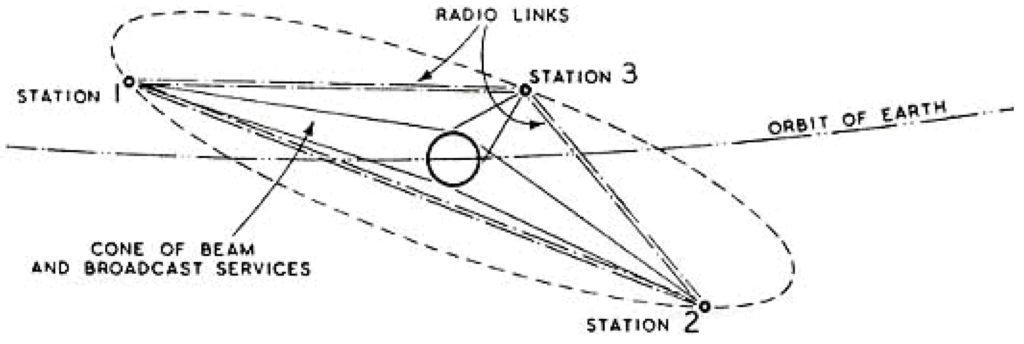
Legendary science-fiction author Arthur C. Clarke, who served as an officer in the Royal Air Force in 1945, put forward the concept of a geostationary orbit with three satellites for global communication relays. Although it took two decades for this idea to materialize, the high-altitude geostationary orbit is now referred to as the ‘Clarke Orbit’ in certain circles, hosting over 500 satellites as of 2021. Please scroll down for an explanation of various satellite orbits.
1957 – USSR Launches Sputnik 1
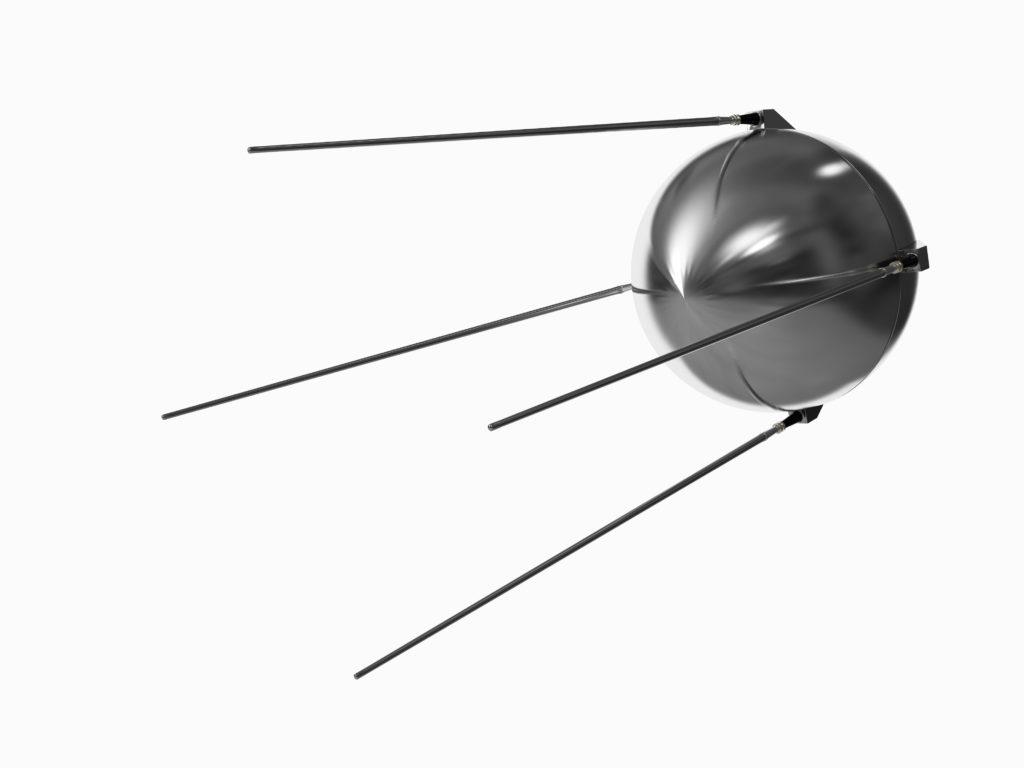
Sputnik 1, a 53 cm (23 in) sphere equipped with four radio antennas, was the first human-made satellite launched into space. Its primary objective was to demonstrate that satellite launches were feasible. Additionally, scientists intended to use it to measure atmospheric density, evaluate the performance of radio and optical orbit tracking techniques, and study the behaviour of radio waves as they passed through the atmosphere. Sputnik 1 operated on battery power for three weeks, followed by an additional two months without power, before reentering the atmosphere. Its launch came as a surprise to the United States and sparked the space race between the two countries.
1962 – Skynet / NASA Launch Telstar 1
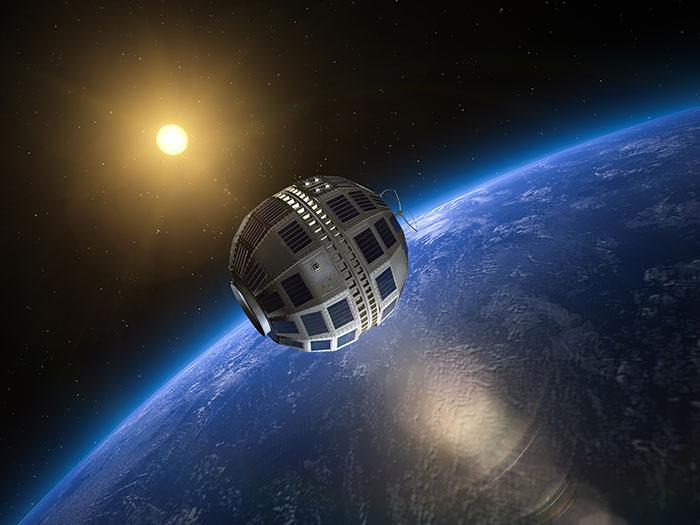
Telstar 1 was the pioneering satellite for transatlantic communications and facilitated the transmission of a television signal from Andover Earth Station in Maine to the Pleumeur-Bodou Telecom Center in Brittany, France. It operated using a low earth orbit (LEO) and was tracked by ground stations located in Maine and Brittany. Over a span of two years, Telstar 1 effectively transmitted more than 500 telegraph, telephone, facsimile, and television transmissions (source: NASA). Its successful operations demonstrated the feasibility of using satellites for communication purposes.
1964 – Summer Olympics is Televised Live via Satellite
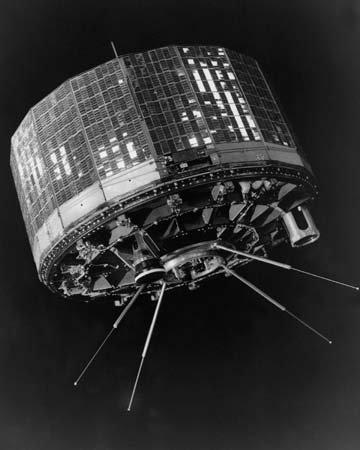
A collaboration between NASA and the Japanese government saw a satellite, Syncom 3, previously intended for telephone use, upgraded to transmit TV signals. This made it possible to transmit live coverage of the games to over one-third of the globe (source: Olympics.com). Syncom 3 was the first satellite in geostationary orbit.
2003 – Eutelsat Launches e-BIRD, Designed for Internet Broadband
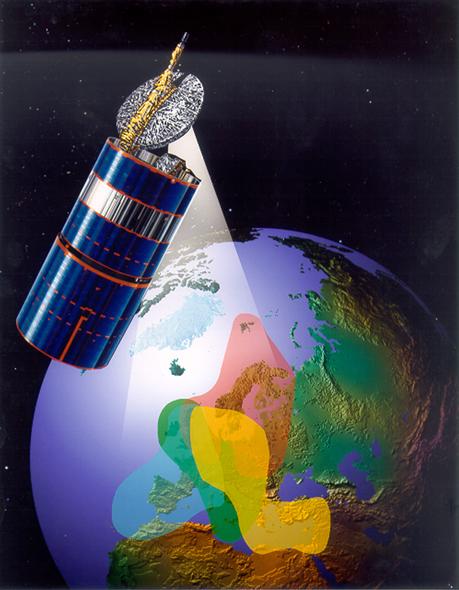
The first successful attempt to provide broadband satellite internet was in 2003, with the launch of Eutelsat Communication’s e-BIRD satellite. Using four ‘spot beams’ (the targeting of radio signals from the satellite to a specific point on Earth), this provided Europe with broadband and broadcast services in areas not served by ADSL and other terrestrial broadband technologies (source: Space Daily).
At the time of writing, and now renamed Eutelsat 31A, the e-BIRD is still in orbit, and still providing interactive broadband services.
2010-2011 – Eutelsat and ViaSat Launch High-Throughput Satellites
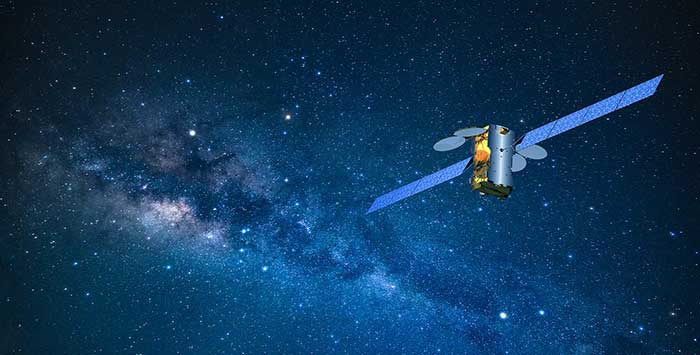
In December 2010, Eutelsat launched its KA-SAT satellite, which had 82 narrow spot beams connected to 10 ground stations across Europe, shortly followed by ViaSat’s ViaSat-1 in October 2010 with 72 spot beams, and ground stations across North America. This technology dramatically increased throughput, leveraging the high frequency Ka-Band (here’s our glossary if you’re not sure what that means); at the time, ViaSat-1 was the highest capacity satellite in the world.
Both companies used ViaSat’s ‘Surfbeam’ technology for their ground network – the means by which data is passed from the ground stations to businesses and homes (sources: Eutelsat, ViaSat) – which played an important part in improving internet connectivity and speed.
2014-2021 – Satellite Constellations Dramatically Increase the Number of In-Orbit Spacecraft

A satellite constellation is a system of interconnected low earth orbit (LEO) satellites that work collaboratively to establish a mesh network. Iridium was among the first to develop this technology, and it is currently experiencing a resurgence with the launch of new constellations such as SpaceX’s Starlink, Telesat’s Lightspeed, and Amazon’s Kuiper. Because constellations use many smaller satellites than the older (still entirely viable) geostationary satellites, where three or four satellites could cover most of the globe, this has seen an explosion in the number of spacecraft in orbit.
The value of LEO satellites is chiefly that because they’re closer to the ground, they can communicate with minimal time delay (low latency), so for voice applications they are particularly useful. They are also smaller, lighter, and less expensive than their geostationary counterparts (source: Science Direct), so the price of leveraging the service may be lower.
Adding to this is the growth in nanosatellite constellations.
What are nanosatellites?
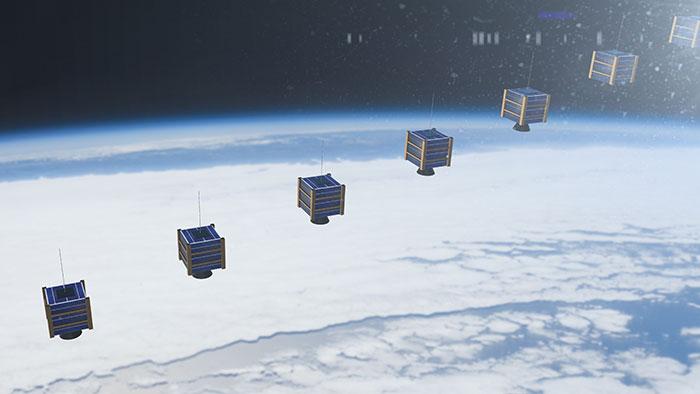
Nanosatellites usually weigh 1-10 kg (2.2-22 lbs), are quick to develop, and are less costly to build and launch than larger satellites (source: Alén Space). If a single nanosatellite is damaged at launch or by space debris, launching another to replace it is a much simpler exercise than rebuilding a medium or large satellite; indeed, most nanosatellites are not intended to last more than a few weeks, months or years before ceasing operations (source: Space.com).
One drawback of nanosatellites is that there is currently no dedicated means of getting them into space; they ‘piggyback’ on launches of much larger spacecraft, and so must wait for such an occurrence to take place. There are various companies looking at ways of making this easier, faster, and less expensive still.
Nanosatellites have the potential to dramatically increase the use of satellite connectivity for IoT and M2M applications; always attractive because of satellite’s reach into remote and challenging regions, the relatively low cost of a nanosatellite network means in turn, the cost of leveraging that network is low. This is a rapidly developing area and one we’ll be watching closely!
Types of Satellite Orbits
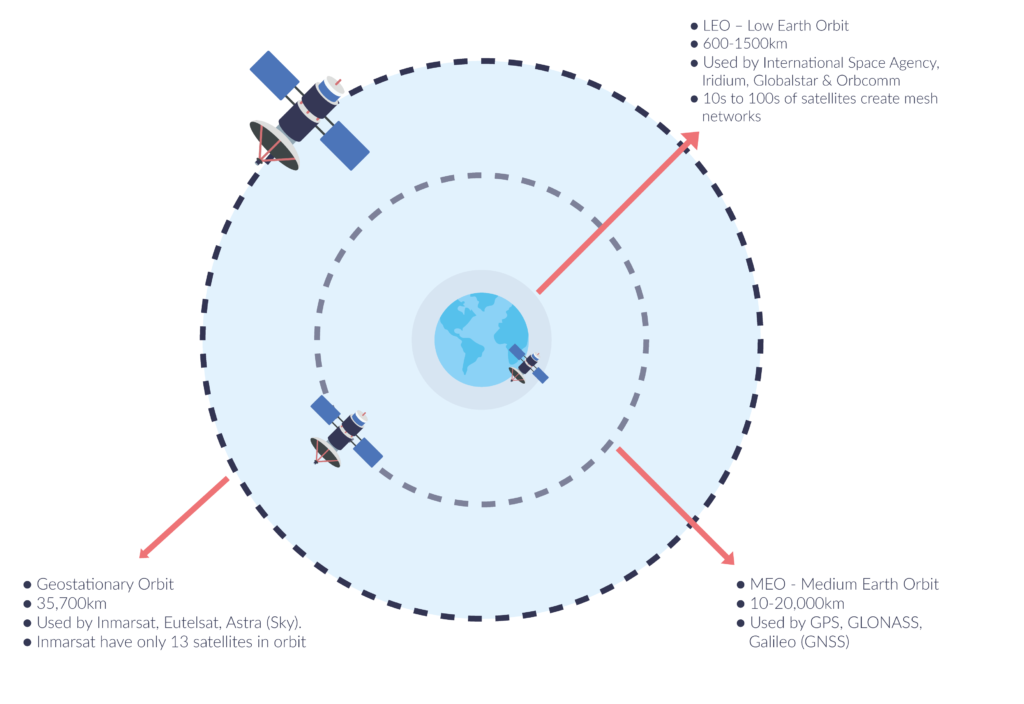
Would you like to know more?
If you're not a Ground Control customer, but would like to learn more about our satellite connectivity services, please complete the form - we would love to hear from you.

